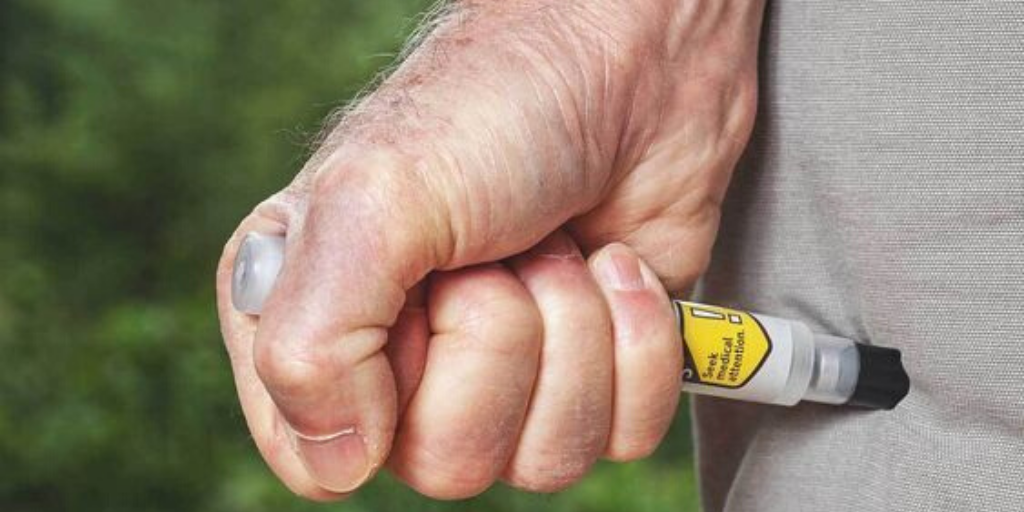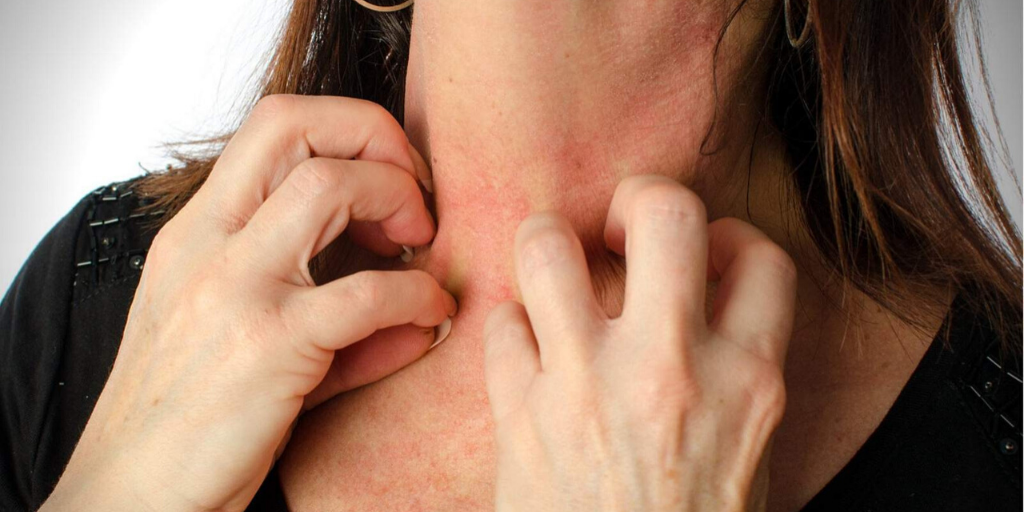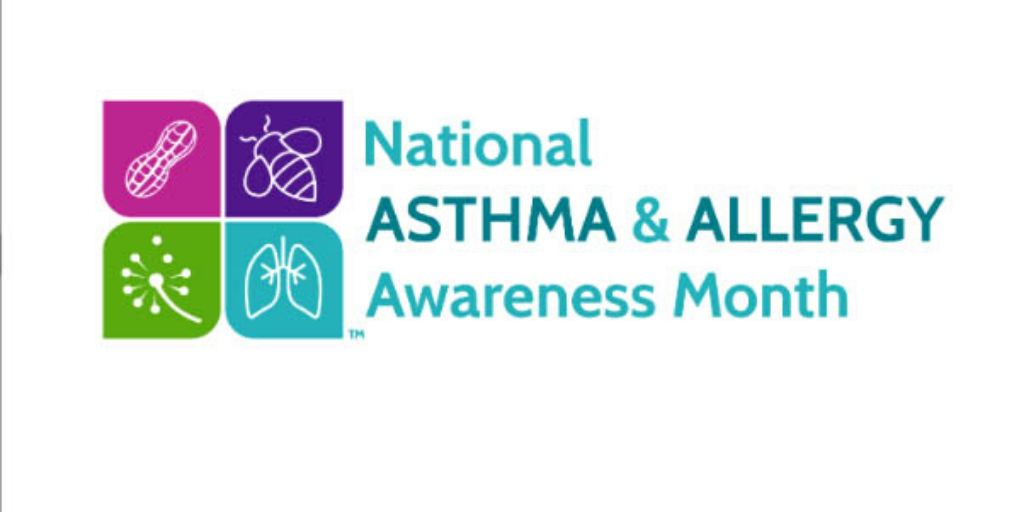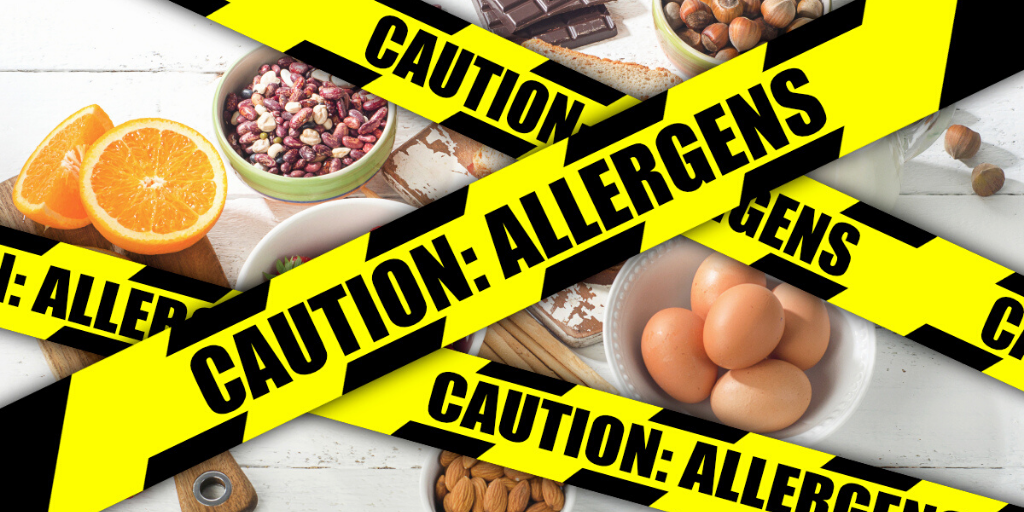
5 Facts You Should Know About An Epipen
EpiPens and other epinephrine auto-injectors are in high demand. According to the Centers for Disease Control and Prevention (CDC), the prevalence of food allergies has increased between 1997 and 2011, and now it affects around one in 13 children. With the increase in food allergies, it’s important to know how











